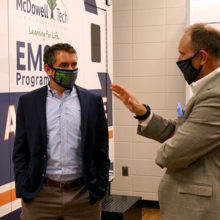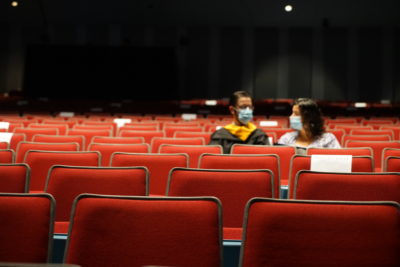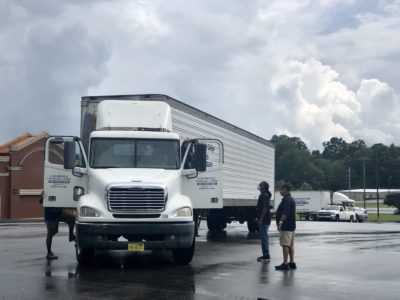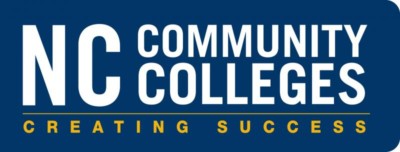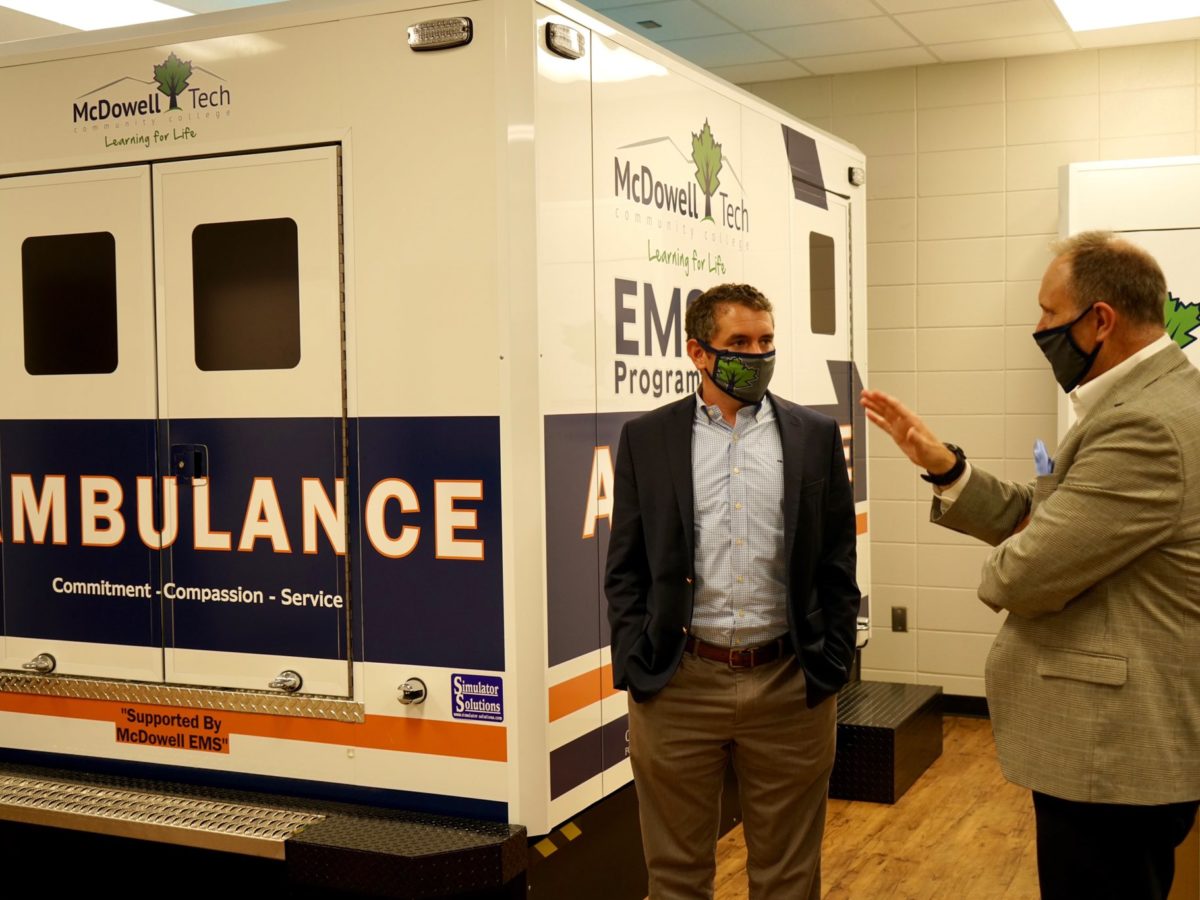

Do you remember back in March when we began to shelter in place? Were you, like me, one of those folks who thought life would “return to normal” by Memorial Day? I would argue that few of us expected our schools and community colleges to have to radically change their setups in the fall.
My friends and I still discussed summer vacation plans, season tickets for college football, and the possibility of summer concerts being postponed to later in the season. That train of thought seems foolishly hopeful in retrospect, but I know from experience that when we are knocked off course, our hope is that we’ll quickly return to normal.
Leaders in education were also hopeful that our falls would be familiar, perhaps with some improvements learned in the sudden shift to virtual education. Folks likely didn’t anticipate weeks of debate around Plan A, Plan B, or Plan C. The idea of a “pod” of parents hiring teachers to support virtual education was a foreign concept long before it was being examined by The New York Times. And most of the community college leaders I spoke with anticipated the return of widespread face-to-face instruction, albeit with some safeguards.
But by June, our magical thinking began to fade, and leaders everywhere began to make a range of plans for fall. The NC Community College system surveyed presidents about their intentions.
Lawrence Rouse, president of Pitt Community College, told me recently: “We planned to offer traditional in-person on our campus this fall semester. However, after reviewing the rates of COVID-19 infection in our service area, I along with my leadership team made a decision to shift our plans.”
Pitt Community College divided its plans for fall into student-dependent tracks. The categories included new students, continuing students, students in courses that require in-person instruction, and students who will access their courses remotely.
New students will show up on campus for the first two weeks to meet their instructors, orient themselves to technology, and more.
“We were concerned about our new students’ preparation for remote learning,” Rouse explained. “We also wanted new students to have the opportunity to meet their instructors in person before transitioning to remote learning.”
The idea was “an intentional combination of in-person, on-campus instruction and orientation prior to them transitioning to remote learning to assist in their success during the first semester,” he said. “A high level of support and monitoring through their faculty and student service staff will ensure that they are progressing academically.”
As with most other colleges, workforce development courses at Pitt in the areas of health sciences, Basic Law Enforcement Training, and vocational and technical education will include some level of in-person instruction.
Pitt Community College will also focus on course availability and timing to provide options for students who are supporting their own children through virtual education.
In June, the system office shared some data from a survey of each college that underscored the varied responses at the time. Data points included:
- 77% are providing more online-only and hybrid classes (an additional 4% are providing more online; an additional 6% are providing more hybrid)
- 45% say they are scheduling more lab and skills-based classes early in the fall semester
- 94% have specific plans for sanitizing classrooms in addition to regular cleaning
- 100% are providing hand sanitizer stations
- 96% are installing plexiglass or other barriers
- 91% will provide masks to staff; 83% will provide masks to students
- 94% are spacing desks/seating six feet apart
- 94% are hosting smaller classes in larger rooms
- 94% are continuing to offer online alternatives to reduce in-person attendees
- 72% are assigning students to attend courses in shifts/cohorts to reduce in-person attendees
While the survey was being conducted, I sat down with Mark Poarch, the president of Caldwell Community College and Technical Institute (CCC&TI), who said: “We’re still having lots of discussions about safety protocols, and what can we reasonably do on campus and logistically accomplish … and make sure that we’re keeping our students and our employees safe.”
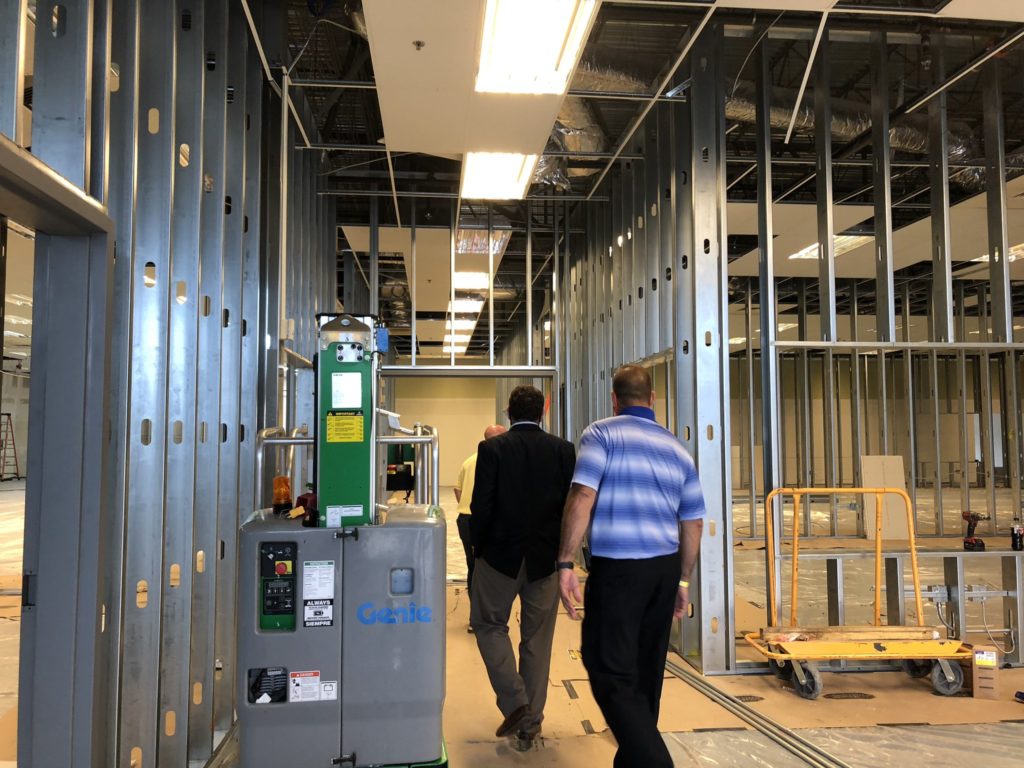

At CCC&TI, planners were wrestling with having 25 buildings that provided potential entryways to campus. Poarch and his team had to consider the staffing challenges of having temperature checks at each of 25 buildings for days of 12 to 14 hours, and buying personal protective equipment (PPE) for staff and students alike.
Ripple effects for the fall
Once Gov. Roy Cooper opted for Plan B for K-12 schools, meaning districts could offer some level of in-person instruction but also opt for all-virtual Plan C, the colleges also had a clearer path forward, given the ripple effects for Career and College Promise students, faculty, and staff who would suddenly be providing support for the virtual education of their own children, and more.
For CCC&TI, this has meant 491 hybrid, blended, and in-person courses following social distancing rules when in-person instruction is required. This also has led to the hiring of 15 additional adjunct faculty to support the additional class options being offered.
Just down U.S. 321 from CCC&TI sits Catawba Valley Community College (CVCC). CVCC president Garrett Hinshaw and his team are also working through additional hiring and support as they try to offer courses enabled by social distancing.
Hinshaw told me by email: “Due to the needs for social distancing, especially in our labs (welding, machining, healthcare, automotive, etc.), we will have to reduce the number of students that we normally have in those sections by a minimum of one half. This will create an issue if we have normal demand because we will have to double or even triple the sections offered for the same amount of students.
“Therefore, we would have to hire 2-3 times the faculty to serve the same number of students we would normally serve with 1 teacher. In some instances, accrediting bodies require a specific teacher-to-student ratio, and this would also create additional costs.”
Garrett Hinshaw, president of Catawba Valley Community College
CVCC’s team is also reducing some positions where demand is not as high and reinvesting those resources into high-demand programs. Hinshaw said the school is increasing caps on online courses, which reduces the number of adjuncts it would normally employ in those courses. Hinshaw said he and his team fear this path is not sustainable and is not ideal for quality instruction and student engagement.
Lisa Chapman, president of Central Carolina Community College, echoed Hinshaw’s and Poarch’s concerns. “I do expect the costs to be significantly higher — many in-person classes are serving substantially fewer students per session — which is either leading to more sessions at greater cost or fewer students served, as determined by the availability of facilities and faculty,” she said. “In addition, the facility services to clean and disinfect are also substantial and the technology to support the online engagement (not just the costs of faculty technology, but student supports — now more important than ever — simulations, and additional software) has clearly added to costs.”
Chapman said that while the colleges have received some federal dollars, they still have significant needs beyond what has been funded. She noted the long-term impacts of failing to invest now.
“One of our greatest challenges will be doing everything we can to ensure residents who are the most vulnerable have the opportunity to engage with us and successfully complete programming that can lead to economic mobility for them, which is incredibly important for the economic success of our region,” she said in an email.
“The long-term consequences for the community will be directly tied to the consequences of the college.”
Lisa Chapman, president of Central Carolina Community College
How will all of this affect enrollment?
Colleges are in the final stages of their enrollment push for the fall, so the data are incomplete.
When I caught up with Dale McInnis, president of Richmond Community College, he shared: “The (K-12) schools’ reopening plans have affected our student’s enrollment decisions — both for dual enrollment students and for parents of younger children. People are still processing what it all means, and trying to understand how the new school plans will work.”
He said the early data from Richmond Community College points to a diverse set of realities that may have decreased the urgency to enroll. Dual enrollment/CCP student registrations are coming in more slowly because enrollees are not meeting with RCC staff as they normally would, students and their families remain uncertain about the continued impacts of the pandemic, and there are economic issues around their employment status.
We will track the enrollment data, as well as other impacts from COVID-19 throughout the fall. Sign-up below to join the Awake58 newsletter.
At James Sprunt Community College, president Jay Carraway and his leadership team are focusing their fall plans on flex classes to try to meet student demands. (Note: A variety of phrases are used to define courses where students have options: to choose in-person or online instruction at the onset, to begin in-person and then move online, or to take required in-person instruction for some aspects of the course. In the case of James Sprunt, the college is using the term “flex” for courses where students can switch delivery methods throughout the semester.)
“We decided to offer flex classes because it was the right thing to do for our students,” Carraway said in a recent email exchange.
“Many of our students need face-to-face instruction in order to be successful, and others do not have access to the internet, so this gives them the ability to continue with their education without having to pause because of COVID-19. Likewise, there are students who have concerns about the coronavirus, and so this gives them a chance to still have access to face-to-face classes from a distance.”
So the answers for each college are varied, but the leadership teams of all 58 colleges seem to be working to create responses they hope will work for their region. EdNC.org will continue to track their plans, the evolution of the reality on the ground, and more in our just-released database:
